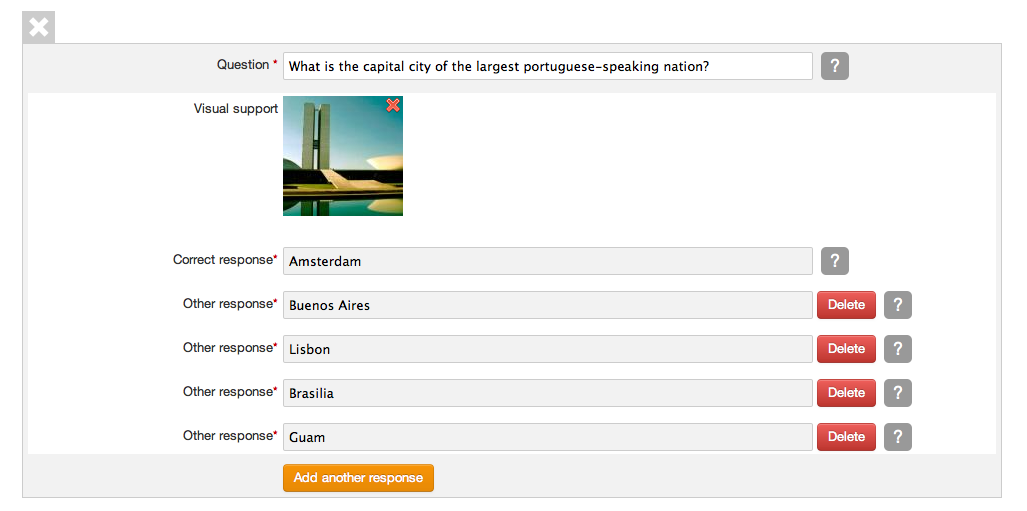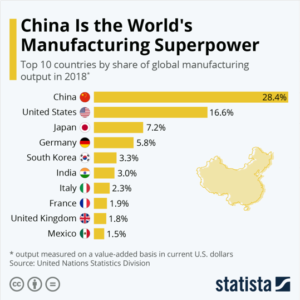” I have always believed success, in life, is most easily measured by the number of days you are truly happy.” Our mindset and optimistic attitude towards life decides everything we come across.
Standing at the edge of human existence, a realization dawns on us that how temporary and uncertain our lives can be. To make our lives more fulfilling we need to create the right mindset which encompasses positive thinking. Think positive and positive things will happen.
Unfortunately we block our energy fields with negative thoughts. You don’t need to know the future as it is in your own hands. There comes a time when you need to have absolute faith in oneself and be sure, destiny will unfold your true path and purpose in this lifetime.
It is therefore extremely important that we channelize our energies to create positivity around us to make our work and life more fulfilling and motivating.
The present environment if has put restrictions, it has also opened up our inner doors of self reflection ,where we need to reflect upon ourselves in ways that we can decide what can be the path of our lives, which manifests in our well- being that would impact our personal and professional relationships as we are spending maximum time these days with ourselves and our family.
When we are going through a difficult situation and feel like running away from it, all we need to think and do is to replace that thought of ‘running away’ with the thought of ‘finding a way’. Let us use this difficult situation as a platform to take an extra step of faith in our lives. Let us take off and face the situation and move towards creating a positive change.
Let’s talk about a handful of simple practices that can be helpful in being more decisive and give direction to positive thinking.
- Create Realistic Expectations for Yourself
The problem lies when we expect from others and somewhere hold others responsible for what we desire in life. When you set realistic expectations from yourself and fulfill them it gives you strength to be self reliant in life. Eg. Develop a skill for which you are responsible, create happiness for yourself. Don’t wait for someone to make you happy.
- Never compromise on Values
There should be at least one strong value that you possess that you have never compromised on. End of the day it gives you inner strength and satisfaction.
- Don’t accept fear as a part of life
Conquer any one fear of yours. The more you run away the stronger the fear gets. Face it and kill it.
- Practice mindfulness
Enjoy every moment of your existence. The way you speak to each person, what you eat, what you smell, every breath of yours enjoy it. Imagine if there was no tomorrow. Live each day as if it is your only day to give to the cosmos. You will realize a sense of enthusiasm gushing in pushing you to do so much in life.
- Value Relationships
This is what you have earnt in life so value your personal relationships and nurture your professional relationships. Honesty in work and loyalty in relationships take you a long way.
“Optimism is a happiness magnet”
See what kind of people & situations draw
Towards you. This will be a clear indicator of how you view yourself.
“ “Be the change you wish to see in others”












